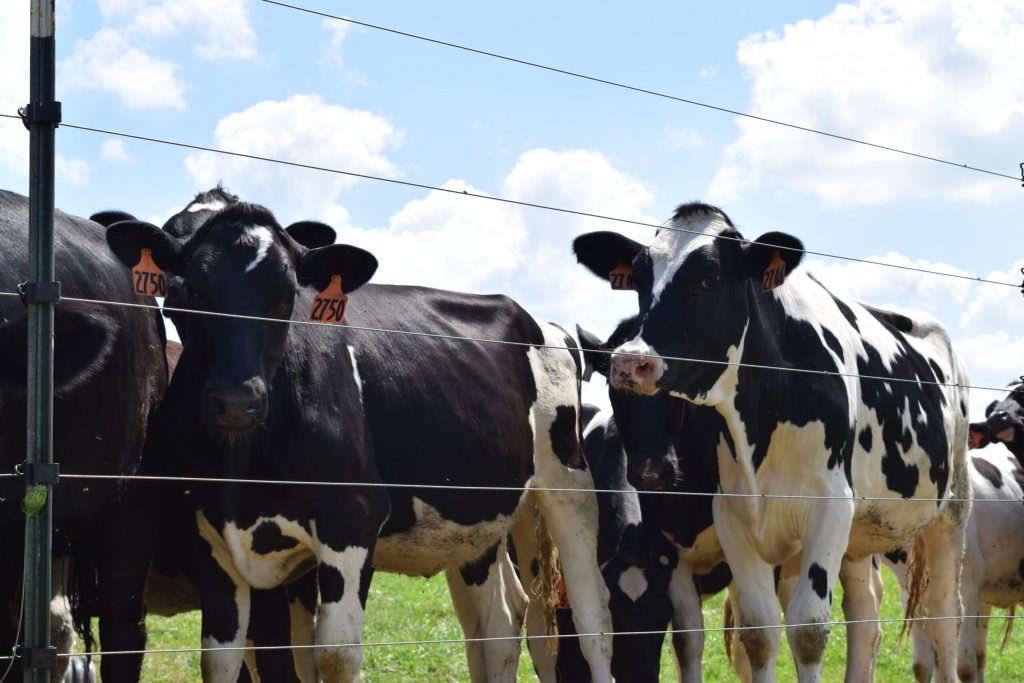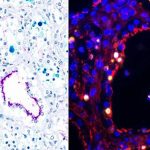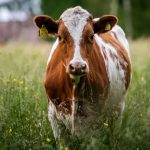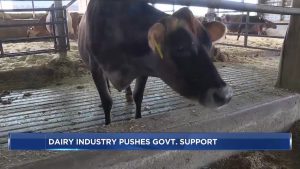
Wisconsin farmers faced a challenging financial year in 2023. Despite a modest overall increase of $35 million in total farm production expenditures to $14.6 billion, underlying cost pressures were significant.
Feed, historically the largest expense, saw a 10% decline but still accounted for a substantial 20% of the total. However, the landscape is shifting. Farm services emerged as the second-largest cost category, surging 20% year-over-year, reflecting increased reliance on external inputs.
A stark picture emerges when examining specific cost components. Expenses for livestock, poultry, and related items skyrocketed by 68%, driven by factors such as inflation in feed, veterinary care, and fuel.
The transportation sector also experienced a sharp 42% increase, likely due to rising fuel costs and vehicle prices. Capital expenditures, including farm improvements and machinery, grew by 36%, indicating investments in upgrading operations.
Conversely, there were areas of relief. Costs for other farm machinery dropped by 36%, potentially reflecting a slowdown in equipment purchases or increased efficiency.
Fertilizer expenses also contracted by 13%, possibly due to reduced application rates or lower input prices.
These trends highlight the complex economic environment facing Wisconsin agriculture. While some cost components declined, overall expenses increased, squeezing profit margins for many farmers.
Adaptability and strategic management will be crucial for navigating these challenges and ensuring the long-term viability of the state’s agricultural sector.
You can now read the most important #news on #eDairyNews #Whatsapp channels!!!
🇺🇸 eDairy News INGLÊS: https://whatsapp.com/channel/0029VaKsjzGDTkJyIN6hcP1K

























